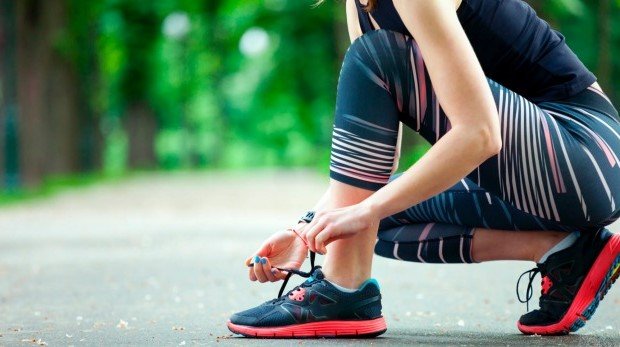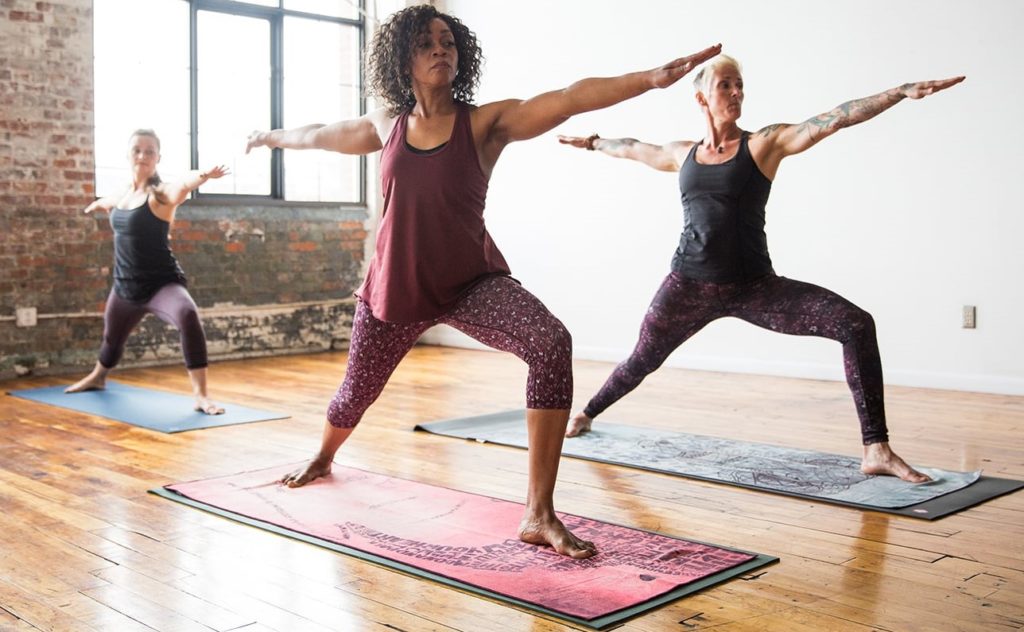Evidence Update: Impact of Art Therapies on Breast Cancer Patients

Women with breast cancer suffer from considerable stress related to diagnosis, surgery, and medical treatment. Cancer patients are increasingly turning to complementary and alternative medicine therapies to reduce symptoms, improve quality of life, and boost their ability to cope with stress. Research in art therapy has shown outcomes such as an increase in self-esteem, improvement […]
Evidence Update: Exercise Guidelines for Cancer Survivors

TurningPoint was thrilled to welcome Kristin Campbell, PT, PhD to Atlanta as the guest speaker at our annual rehabilitation course on Prescribing Exercise as Medicine for Breast Cancer on October 25th and 26th. Kristin was a leader at the international multidisciplinary roundtable for the new 2019 Exercise Guidelines for Cancer Patients. The new guidelines provide […]
Evidence Update: Therapeutic horseback riding in breast cancer survivors

Breast cancer treatments often negatively impact upper extremity function and the overall perceived quality of an individual’s life. A 2014 pilot study published in the Journal of Alternative and Complimentary Medicine evaluated the physiologic and psychological effects of an equine-assisted therapy protocol in breast cancer survivors. This study consisted of 20 breast cancer survivors who […]
Evidence Update: Mat Based Exercises Improve Bone Density

Osteoporosis and osteopenia affect up to 35.5 million women in the United States, with numbers likely to grow with our aging population. Women who have had breast cancer treatment may be at increased risk for osteoporosis and fracture. Estrogen has a protective effect on bone, and reduced levels of the hormone trigger bone loss. Because […]











